60s Outfits The Styles That Defined A Decade
Fashion in the 1960s was a period of bold experimentation and cultural shifts. From miniskirts to psychedelic prints to hippy costumes, each trend in 60s outfits told a story of liberation and self-expression. The era’s fashion choices mirrored the changing societal norms and the spirit of rebellion that defined the decade.
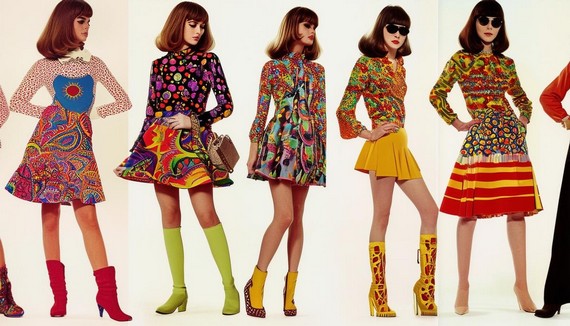
60s Outfits fashion evolution
60s Fashion Trends
1. Miniskirts
The miniskirt, popularized by British designer Mary Quant in the 1960s, broke traditional fashion norms with its ultra-short hemline. It represented a cultural shift towards female empowerment and liberation.
High-profile designers like André Courrèges included shorter skirts in their runway collections, with hemlines sitting six to seven inches above the knee. This was a clear break from previous conservative attire.
Pairing miniskirts with knee-high boots or go-go boots became a popular look in 60s costumes. On the streets of London and beyond, these bold 60s outfits were often completed with:
- Patterned tights
- Chic blazers
- Statement accessories
The miniskirt’s influence in 60s outfits extended beyond clothing, starting conversations about body confidence and fashion choices. Its effect on modern fashion is undeniable, remaining relevant from the ’60s to today’s catwalks and high streets.1
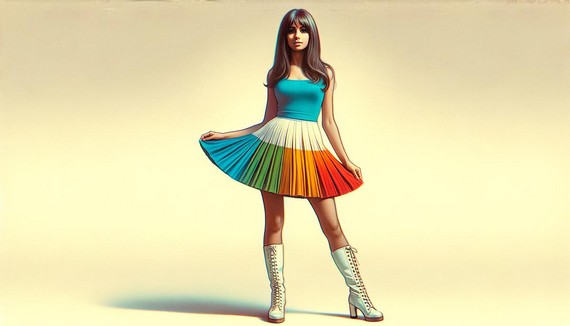
A model wearing a classic Mary Quant miniskirt paired with go-go boots
2. Go-Go Boots
Introduced by French designer André Courrèges, go-go boots became an instant symbol of the ’60s free-spirited vibe. Initially characterized by their white, low-heeled, mid-calf style with a square toe, these boots were both a fashion statement and a revolution in footwear in 60s outfits.
The go-go boots were designed with simplicity and functionality in mind, yet they exuded a futuristic elegance. Their versatile nature meant they could be paired with anything in 60s costumes, from miniskirts to shift dresses, making them a favourite among fashion-forward women of the era.
As the decade progressed, designers experimented with:
- Bold colours
- Various lengths (knee-high to thigh-high)
- Different materials (vinyl, leather, patent leather)
These colourful adaptations brought a vibrant pop to outfits, reflecting the dynamic spirit of ’60s fashion.
“These boots are made for walkin’, and that’s just what they’ll do”
– Nancy Sinatra
Nancy Sinatra’s famous song “These Boots Are Made for Walkin'” helped cement the legacy of go-go boots. Today, the style continues to inspire, with modern interpretations appearing on runways and in everyday fashion.
The timeless appeal of go-go boots lies in their ability to adapt while maintaining their core identity—stylish, chic, and bold. They remain a favourite, proving that sometimes, the most enduring trends are those that dare to break the mould.
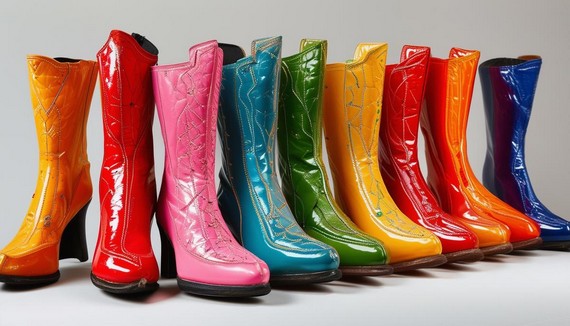
A collection of colourful go-go boots from the 1960s
3. 60s outfits – Mod Fashion
Originating from London, Mod fashion became synonymous with youthful exuberance and creativity in the ’60s. It was characterized by bold colours, outlandish patterns, and sleek, minimalist silhouettes, celebrating individuality and non-conformity.
Iconic designers like Mary Quant and Pierre Cardin played pivotal roles in defining this look. Quant’s playful, geometric patterns and vibrant colours were a hit among the men and women of the younger generation, while Cardin’s futuristic designs added an avant-garde flair.
Carnaby Street and King’s Road in London were the heartbeat of Mod fashion, home to numerous boutiques showcasing the latest trends in 60s costumes. The Mod look extended to accessories like:
- Oversized sunglasses
- Patterned tights
- Statement jewellery
Mod fashion also transformed men’s clothing, introducing slim-fit suits in bright colours or unconventional fabrics. Rock icons such as The Beatles and The Who epitomised this look, influencing fans across the globe.
Make-up trends of the Mod era were equally revolutionary, with:
- Heavy eyeliner
- Exaggerated lashes
- Pale lips
These elements created a striking, avant-garde appearance. Twiggy’s androgynous beauty and waif-like figure made her the ultimate Mod icon.
The influence of Mod fashion extends far beyond the ’60s, with its legacy visible in contemporary trends and styles. Designers continue to draw inspiration from Mod elements, incorporating bold patterns, geometric shapes, and sleek lines into modern collections.2
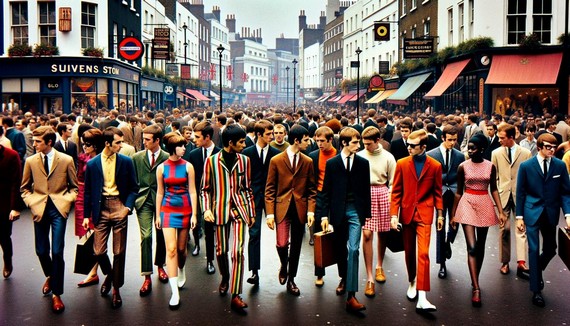
A bustling scene on Carnaby Street in London, showcasing people in mod fashion
4. 60s outfits – Shift Dresses
The shift dress in 60s outfits, popularized by style icons like Jackie Kennedy and Audrey Hepburn, represented a departure from the tightly cinched waists and voluminous skirts of previous decades. Its simple, straight-line design allowed for greater freedom of movement, making it a perfect choice for women on the go.
The shift dress’s versatility made it a wardrobe essential:
- Day look: Paired with simple flats for a chic, casual style
- Evening look: Transformed with heels and statement jewellery for glamorous events
The shift dress also played a role in the feminist movement of the ’60s, aligning with women’s desire for independence and more active roles in society. It allowed women to move freely without being encumbered by layers of fabric or restrictive corsets.
Designers like Yves Saint Laurent and Pierre Cardin embraced the 60s shift dress, incorporating their unique interpretations into their collections. Laurent’s Mondrian-inspired shift dresses, with their bold colour blocks and geometric lines, became iconic representations of the era’s artistic influences.
“I wanted to dress the woman who lives and works, not the woman in a painting.”
– Yves Saint Laurent
The shift dress made significant appearances in pop culture too. Audrey Hepburn’s character in “Breakfast at Tiffany’s” famously wore a stunning black shift dress, cementing its status as a symbol of effortless elegance.
Today, the 60s shift dress remains a beloved classic amongst 60s outfits. Modern designers continue to reinvent it, experimenting with different fabrics, patterns, and lengths, ensuring it stays relevant to contemporary tastes.3
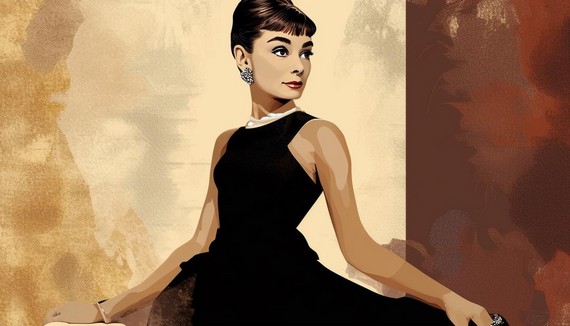
Audrey Hepburn wearing an elegant black shift dress
5. Psychedelic Prints
The late 1960s saw the rise of psychedelic prints in men’s and women’s 60s outfits, inspired by the counterculture movement and the visual effects of LSD. These kaleidoscopic patterns and bold colours quickly became the signature style of the flower power hippie culture, representing a departure from conventional aesthetics.
Designers like Emilio Pucci and Paco Rabanne embraced this radical new aesthetic. Pucci’s vibrant, geometric designs became emblematic of the era, while Rabanne utilised these prints in innovative and unexpected ways.
Psychedelic prints spilled over into mainstream culture, appearing in:
- Music (album covers, concert posters)
- Art (posters, paintings)
- Film (set designs, costumes)
Iconic rock bands like The Beatles and The Rolling Stones sported these eye-catching designs, making them even more popular among the youth.
These prints were incredibly versatile, appearing on:
- Maxi dresses
- Bell-bottom trousers
- Headbands
- Scarves
Flowing fabrics in eye-popping designs added a whimsical touch to everyday attire, while also making a statement at festivals and gatherings.
The legacy of psychedelic prints has endured beyond the 1960s. Even today, designers continue to draw inspiration from these captivating patterns, bringing a modern twist to the timeless trend. Whether it’s a contemporary dress with vibrant swirls or bold leggings reflecting iconic motifs, psychedelic prints remain a fascinating element in the fashion world.
Incorporating flower power psychedelic prints into your wardrobe is a way to celebrate the free-spirited essence of the ’60s, embracing a playful and expressive hippy costumes style.4
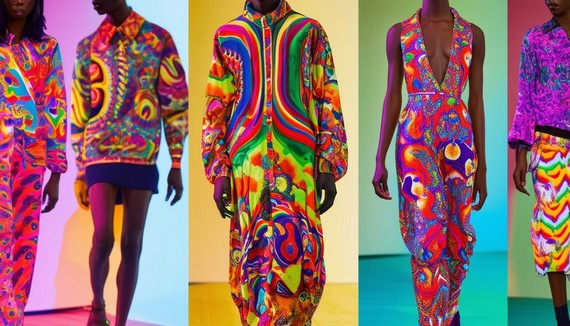
A fashion showcase featuring various garments with vibrant psychedelic prints
6. 60s outfits – Mary Janes
Mary Janes, once a simple schoolgirl staple, made a vibrant crossover into mainstream fashion during the 1960s. Their round toe and practical strap offered a perfect blend of functionality and style in 60s outfits, resonating with women across various subcultures.
Designers took this modest shoe and reinvented it with a fresh twist, marrying its innocent origins with newfound sophistication. Mary Janes became a common sight on trendy streets, adapting to any ensemble from mod-inspired mini skirts to babydoll dresses.
Cultural icons like Twiggy and Jean Shrimpton often sported these charming shoes, effortlessly pairing them with the era’s bold prints and streamlined silhouettes. The mod culture, with its emphasis on youth and innovation, found a perfect ally in Mary Janes. Their simple elegance complemented the mod aesthetic of geometric designs and sleek lines.
Mary Janes weren’t limited to the mod scene. They found their place among other fashion subcultures, from bohemian beatniks to avant-garde trendsetters. Each group embraced the shoe in their unique way, pairing them with:
- Black tights and turtlenecks
- Vibrant hues
- Unexpected finishes like patent leather or vinyl
Today, Mary Janes continue to inspire designers, who reinterpret them for contemporary tastes while preserving their timeless essence. Whether you choose a classic flat style or a high-heeled variation, these shoes offer a perfect blend of comfort, practicality, and unpretentious beauty, bridging the gap between retro and modern fashion.
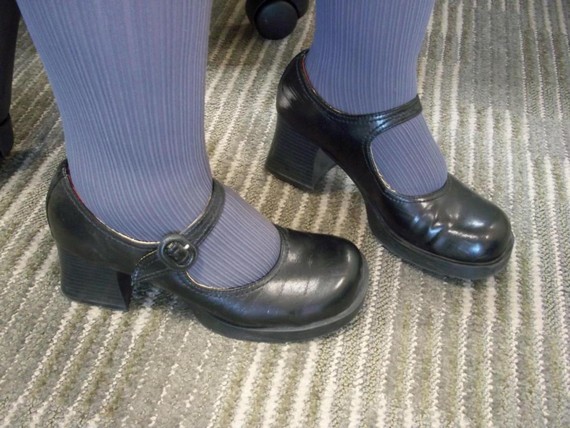
A collection of stylish Mary Jane shoes from the 1960s
7.60s outfits – Babydoll Dresses
The babydoll dress emerged as a hallmark in 60s outfits in 1960s fashion, captivating the masses with its whimsical charm and liberating design. Characterized by a high empire waistline and a short hemline, it offered a refreshing departure from the structured garments of previous decades.
Unlike the tightly fitted dresses of the 1950s, the babydoll dress in 60s outfits prioritized comfort and playful elegance. Its loose, flowing silhouette allowed for effortless movement, while the high-waist design created a flattering, elongated look. The shortened hemline added a touch of youthful exuberance, making it a versatile addition to any wardrobe.
Icons like Twiggy and Cher popularized the babydoll dress, showcasing its irresistible charm. Twiggy, with her pixie cut and boyish figure, epitomized the babydoll aesthetic, often pairing the dress with ballet flats and exaggerated lashes. Cher’s interpretation added a glam-rock edge to its sweet origins.
Babydoll dresses often featured:
- Bold prints
- Delicate embroideries
- Lush fabrics
- Frills and lace trims
- Oversized bows
These elements made them suitable for both casual and formal occasions. When paired with Mary Janes or knee-high boots, the babydoll 60s dress transitioned seamlessly from daywear to evening wear.
“The popularity of babydoll dresses aligned with the feminist movement of the 1960s. As women embraced their independence, the dress’s relaxed fit symbolized liberation from restrictive corsets and petticoats, allowing for greater personal freedom and self-expression.”
Today, the babydoll dress continues to inspire, with contemporary designers frequently revisiting and reinventing this timeless piece. Whether adorned with minimalist details for a sleek look or dressed up with lavish embellishments, the babydoll dress remains a beloved staple in modern wardrobes, proving that true elegance lies in the blend of comfort, freedom, and timeless beauty.1
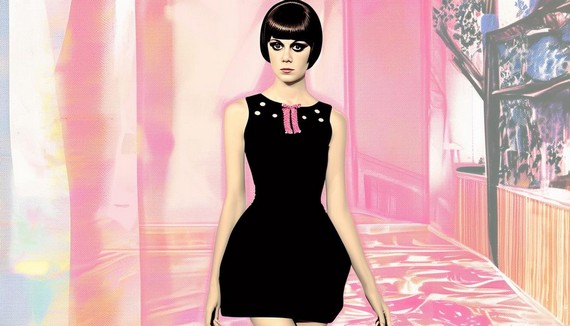
Twiggy modelling a trendy babydoll dress in the 1960s
The 1960s brought forward fashion trends for men and women, that continue to influence modern style. Whether it’s the timeless appeal of shift dresses, 60s fancy dress costume, or the playful charm of babydoll dresses in 60s outfits, these iconic pieces remind us that true elegance lies in embracing freedom, comfort, and individuality.